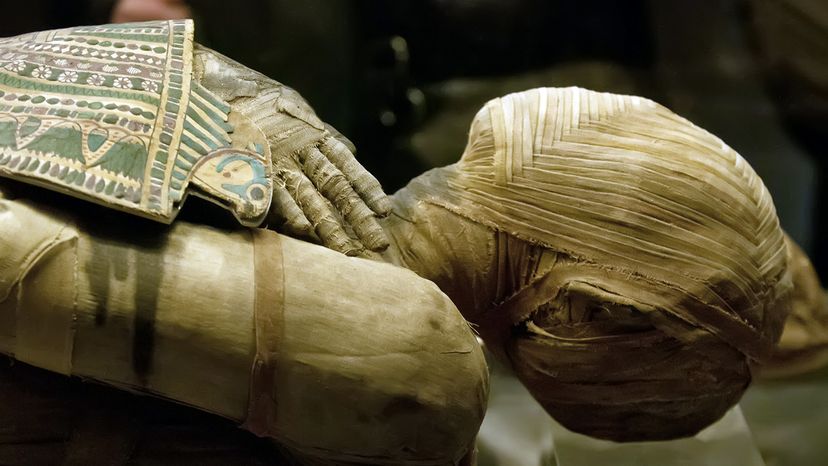
Ever wondered why some dead bodies last for thousands of years while others break down into dust? That's where the science of mummification comes in. Whether it's through ancient rituals, boggy swamps or some truly extreme self-imposed methods, mummified human remains give us an incredible look into history, biology and even chemistry.
Mummification is all about stopping decomposition in its tracks. By removing moisture, preserving tissue, and sometimes even adding a little chemistry magic, ancient cultures have found fascinating ways to make their dead stick around for a very, very long time.
Advertisement
From Egyptian mummies to eerie bog bodies, let's take a closer look at how human remains have stood the test of time.